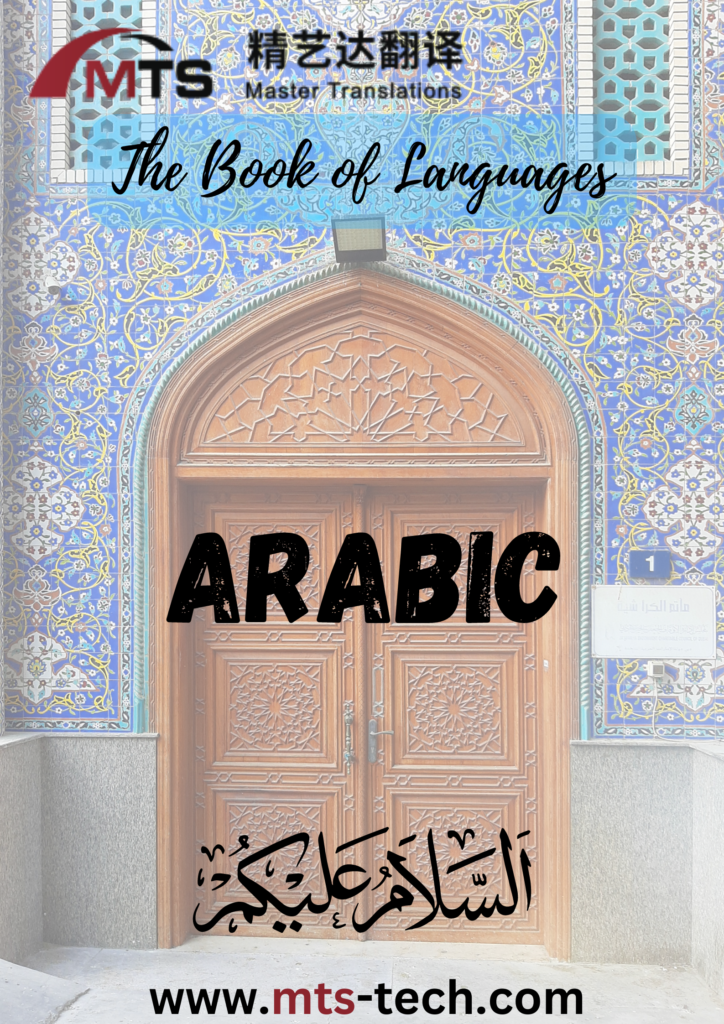
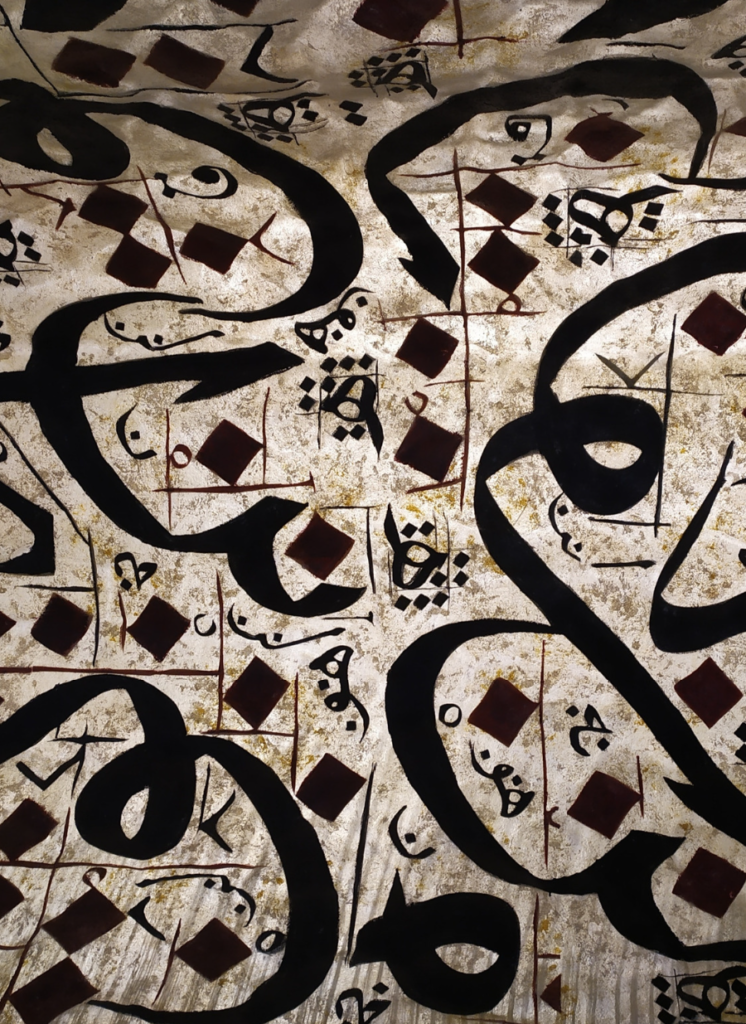
Welcome, language enthusiasts, to an immersive exploration of the Arabic language! Embark on a remarkable journey as we delve into the mesmerizing tapestry of its history, the intricacies of calligraphy, the linguistic nuances, and the profound cultural influences that make Arabic truly exceptional and captivating.
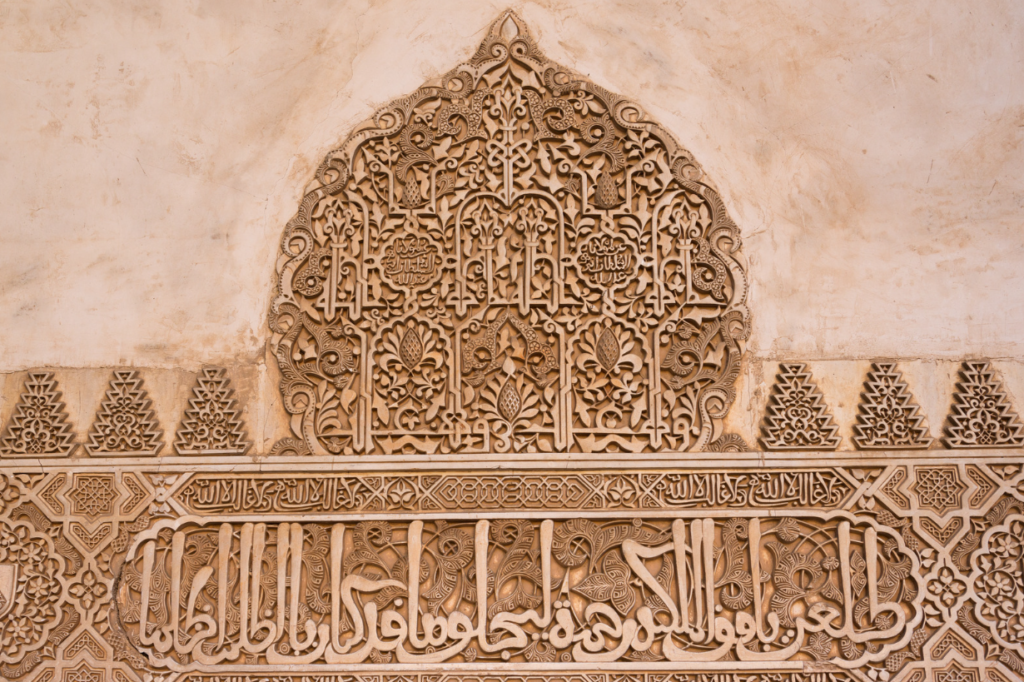
The roots of Arabic can be traced back to the ancient Arabian Peninsula, where it flourished and evolved over millennia. From the wisdom of scholars during the Islamic Golden Age to the timeless tales of “One Thousand and One Nights,” Arabic literature has enchanted generations with its brilliance, creativity, and deep cultural significance. Explore the poetic verses of renowned Arab poets like Al-Mutanabbi and Mahmoud Darwish, or delve into the philosophical musings of Ibn Rushd and Al-Farabi, and witness the profound impact Arabic literature has had on the world.
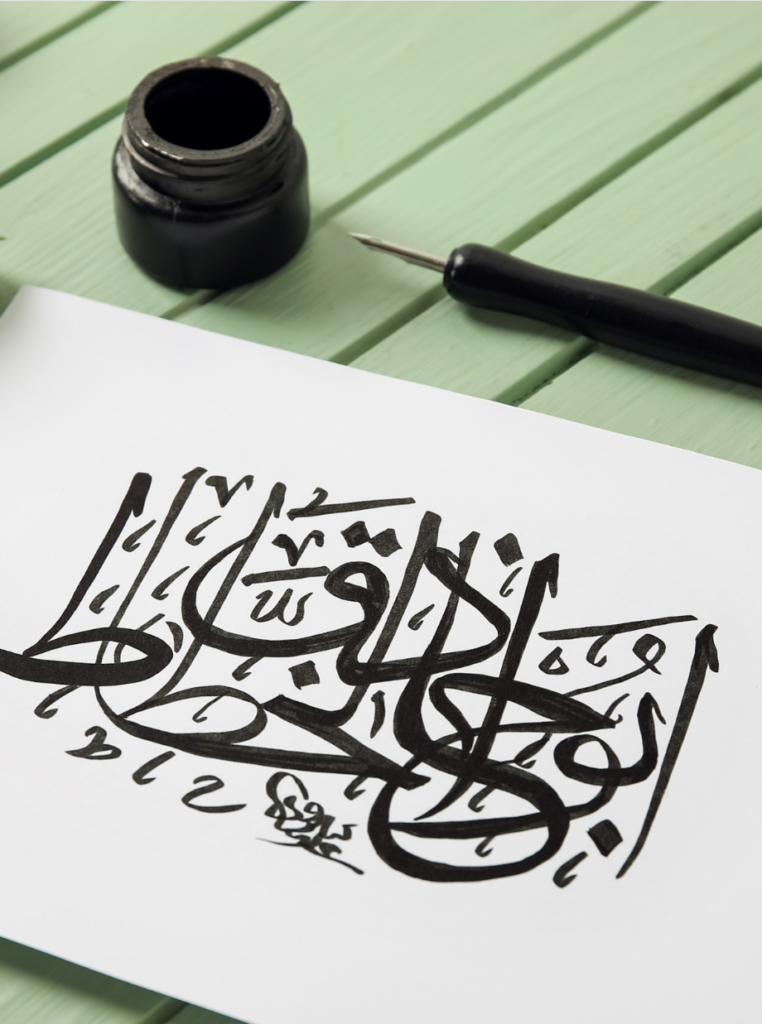
Arabic calligraphy is an awe-inspiring art form that transcends mere writing. Each stroke, curve, and flourish in Arabic script embodies the beauty, rhythm, and harmony of the language. From the intricate inscriptions adorning majestic mosque walls and domes to the delicate craftsmanship of ancient manuscripts, Arabic calligraphy serves as a testament to the meticulous skill and deep spiritual connection of its calligraphers. Explore the various calligraphic styles, such as Kufic, Naskh, and Thuluth, and appreciate the artistic expression and cultural heritage that these elegant scripts convey.
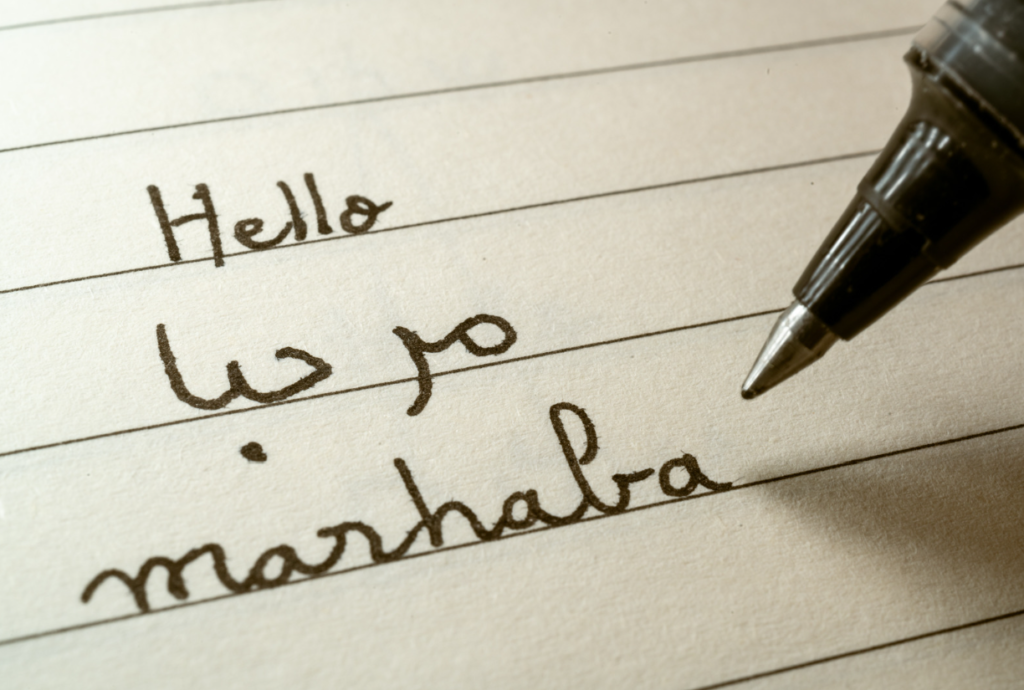
The Arabic language showcases a vast lexicon that spans an impressive spectrum of topics. It draws from diverse sources, such as the scientific and mathematical lexicon inherited from civilizations like the Greeks and Indians, as well as the philosophical and poetic expressions that emanate from Arab intellectual prowess. Delve into the evocative realm of words like “Haya” (حياء): A complex concept encompassing modesty, bashfulness, and a sense of propriety in behavior, speech, and appearance, or “Tarab” (طرب): A state of heightened emotional and spiritual ecstasy experienced through music, particularly in traditional Arabic music.
Unravel the intricate tapestry of concepts and cultural values that have shaped Arab societies across centuries. These words encapsulate unique depths and carry nuances that are distinct to the Arabic language, offering a glimpse into the profound philosophies and profound wisdom that define Arab heritage.
Arabic stands as a language that unites diverse cultures and civilizations that have intersected throughout history. Beyond the Arabian Peninsula, Arabic spread its influence across vast territories, from North Africa to the Levant, from Andalusia to the Indian subcontinent. It absorbed linguistic and cultural influences from various sources, including ancient trade routes, Islamic traditions, and contributions from Persians, Berbers, and other indigenous groups. Arabic acts as a bridge, facilitating intellectual exchanges, trade, and cultural diffusion, making it an integral part of the shared human heritage.
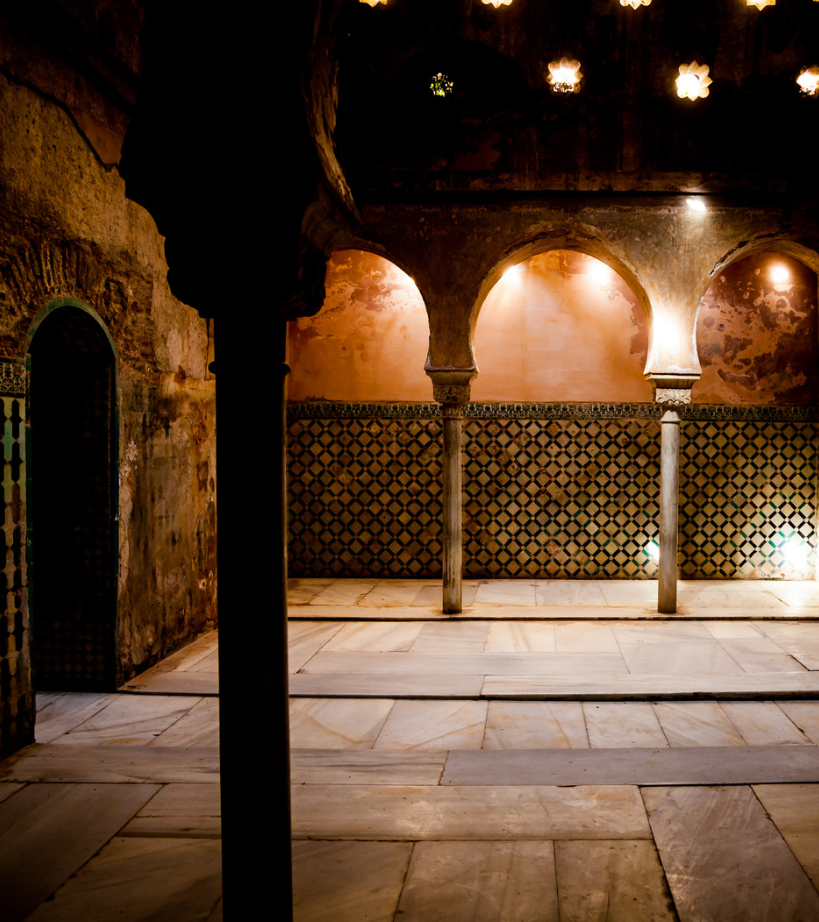
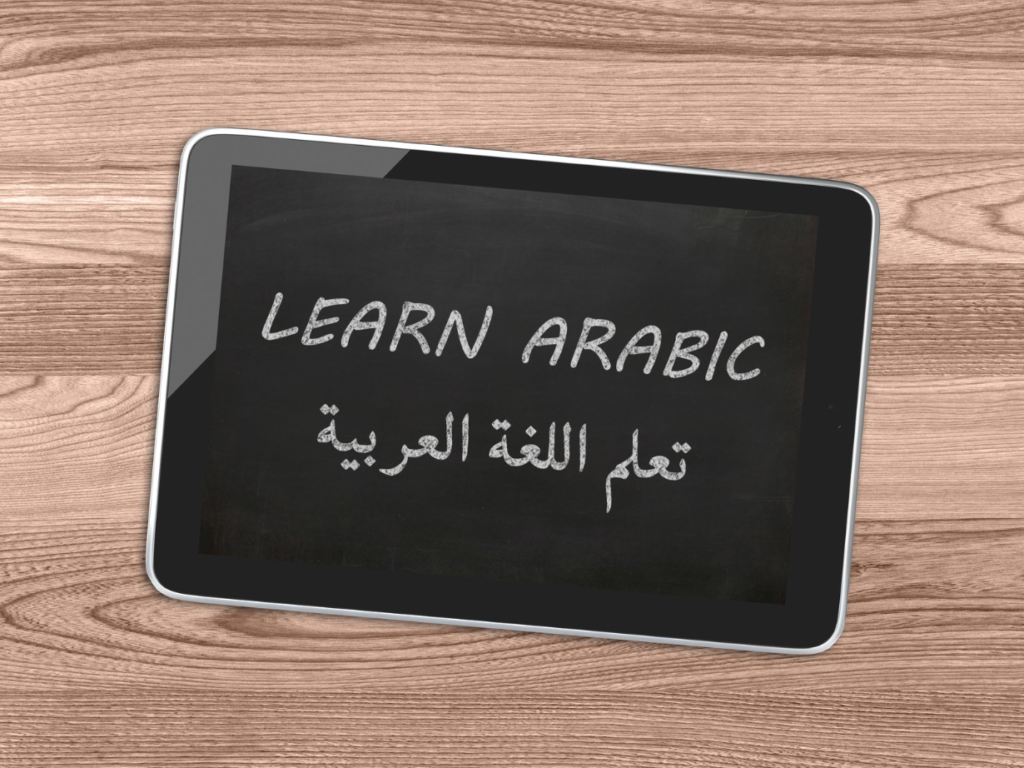
Embarking on the path of learning Arabic opens up boundless opportunities for cultural exploration and meaningful connections. While the language presents unique challenges with its complex grammar, pronunciation, and diverse dialects, the rewards are immeasurable. By immersing oneself in the study of Arabic, one gains access to an entire world of literature, philosophy, music, and art. Whether you choose to explore classical Arabic poetry, delve into the works of prominent Arab intellectuals, or engage in conversations with native Arabic speakers, learning Arabic is a transformative journey that offers profound insights into Arab culture and fosters cross-cultural understanding.

